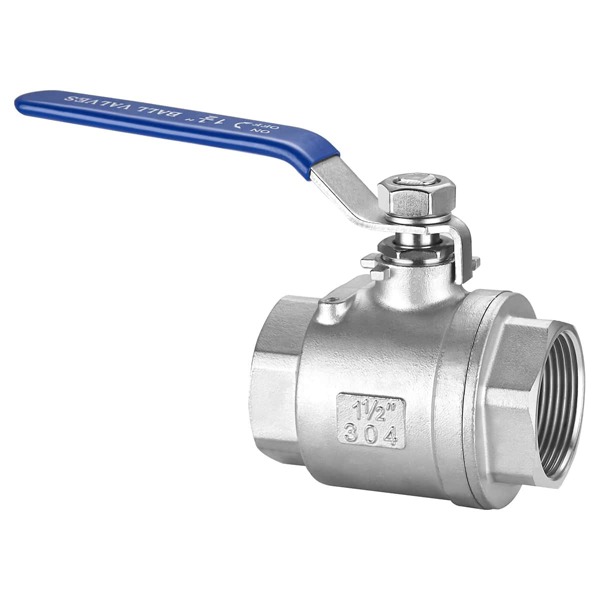wholesale manual needle valve
Understanding Wholesale Manual Needle Valves
In various industrial settings, the importance of precise control over fluid flow cannot be overemphasized. Among the instruments that ensure such control is the manual needle valve, a critical component in fluid and gas systems. This article provides a detailed overview of wholesale manual needle valves, focusing on their design, functionality, applications, and advantages.
What is a Manual Needle Valve?
A manual needle valve is a type of valve that allows for precise regulation of flow. It operates by using a tapered, pointed disc (the needle) that fits into a seat, allowing the user to adjust the flow of fluid or gas with great accuracy. The design of the needle valve features a stem that raises and lowers the needle, allowing for fine-tuned control over the flow rate.
Design and Construction
Wholesale manual needle valves are typically constructed from durable materials such as stainless steel, brass, or PVC, which can withstand various temperatures and pressures. Their design may include a handwheel or lever for easy operation, allowing users to make adjustments with minimal effort. Depending on the specific requirements, these valves may be available in various sizes and configurations, such as straight-through or angle types.
Key components of a manual needle valve include
- Body The main structure that houses the valve's internal components. - Bonnet The part that contains the stem and packing; it allows for smooth operation of the valve. - Seat The surface where the needle comes into contact to create a seal and control flow. - Handwheel The mechanism for manual operation, providing control over the valve's positioning.
Functionalities
The primary function of a manual needle valve is flow regulation. Unlike other types of valves that may only offer on/off functionality, needle valves are specifically designed for precision. They enable operators to make minor adjustments to the flow rate, making them ideal for applications where precise measurements are crucial, such as in laboratories or chemical processing plants.
wholesale manual needle valve

Additionally, needle valves can also be used to isolate sections of a system for maintenance, allowing for safety and operational efficiency. They can withstand high pressures and temperatures, making them suitable for a wide range of applications.
Applications
Manual needle valves are widely used in various industries, including
1. Oil and Gas For controlling the flow of oil, gas, and other hydrocarbons in pipelines. 2. Chemicals In chemical processing where accurate flow control is paramount to ensure the right mixture and reactions. 3. Water Treatment To manage the flow of water and chemicals used in treatment processes. 4. Pharmaceuticals In laboratory settings where precision is critical for experimental processes. 5. HVAC Systems To regulate the flow of refrigerants and ensure optimal performance.
Advantages of Wholesale Manual Needle Valves
Choosing wholesale manual needle valves offers several advantages for businesses
1. Cost-Effectiveness Purchasing in bulk often leads to lower prices on each unit, providing savings for companies that require multiple valves for extensive systems. 2. Consistency Wholesale suppliers usually provide products from the same manufacturing batch, ensuring that all valves have consistent quality and specifications. 3. Technical Support Many wholesale suppliers offer expert guidance and support, helping businesses choose the right type of needle valve for their specific needs. 4. Availability Bulk purchasing ensures that businesses can acquire a sufficient number of valves without delay, minimizing downtime in operations.
Conclusion
In conclusion, manual needle valves play a vital role in fluid and gas management in various industries. Their precise flow control capabilities, durable construction, and wide application make them an indispensable tool in many processes. For businesses looking to ensure efficiency and accuracy in their operations, investing in wholesale manual needle valves is a smart choice. By understanding the benefits and functionalities of these valves, companies can make informed purchasing decisions that contribute to their operational success.
-
The Key to Fluid Control: Exploring the Advantages of Ball Valves in Industrial SystemsNewsJul.09,2025
-
The Versatile World of 1, 2, and 3 Piece Ball ValvesNewsJul.09,2025
-
Stainless Steel Ball Valves: The Ideal Choice for Efficient Flow ControlNewsJul.09,2025
-
Optimizing Fluid Control with Ball Float ValvesNewsJul.09,2025
-
Manual Gate Valves: Essential for Control and EfficiencyNewsJul.09,2025
-
Everything You Need to Know About Butterfly ValvesNewsJul.09,2025
-
The Versatility of Wafer Type Butterfly ValvesNewsJul.08,2025




